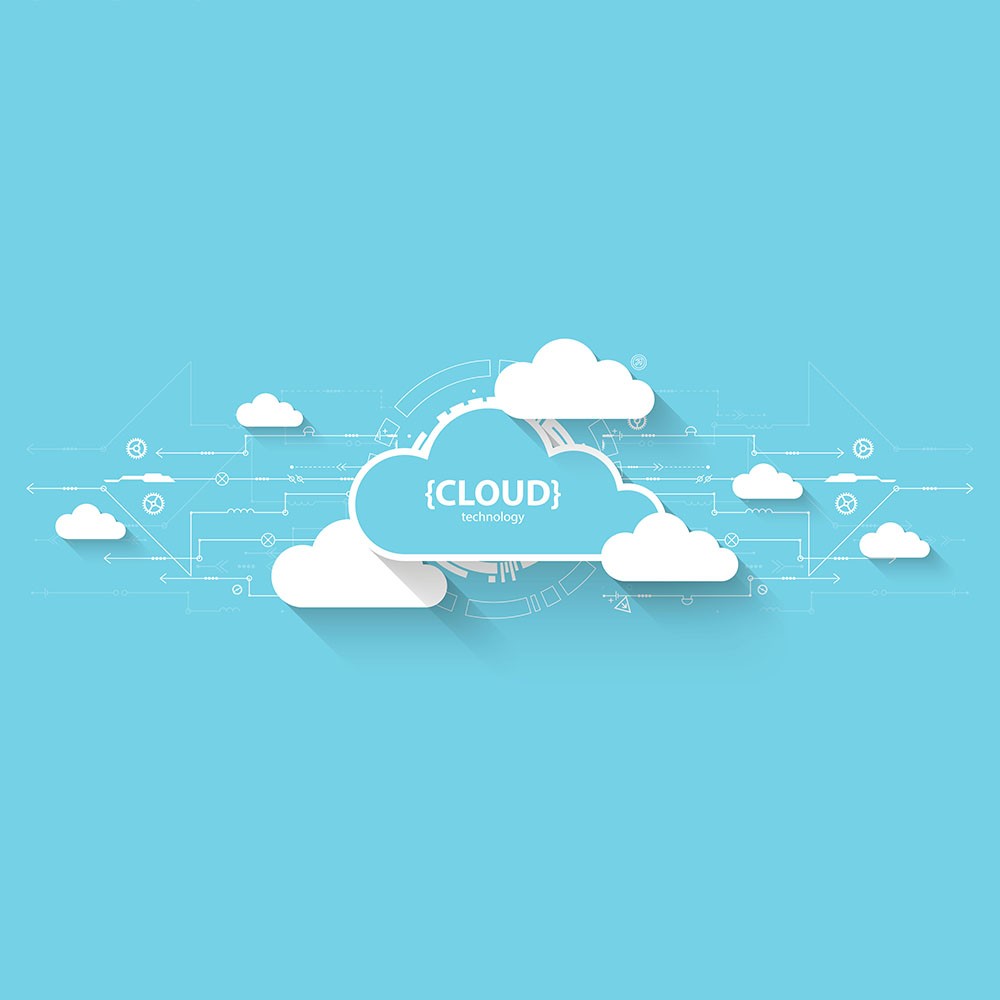
- #OWNCLOUD OPEN SOURCE HOW TO#
- #OWNCLOUD OPEN SOURCE ZIP FILE#
- #OWNCLOUD OPEN SOURCE FULL#
- #OWNCLOUD OPEN SOURCE CODE#

#OWNCLOUD OPEN SOURCE CODE#
Make sure they contain the copyright notice the code has to be under the AGPLv3 or a compatible license like the MIT license.
#OWNCLOUD OPEN SOURCE ZIP FILE#
Providing, upon request, a tarball, zip file or github repository is enough. If you don’t want or can’t do that, you have to provide a way for users to download the modifications you made to ownCloud, including the modifications. Otherwise, if you have made modifications, contributing these to ownCloud is sufficient from our point of view. If you have made no modifications to the ownCloud code, the easiest way to comply with the AGPL is to have a small link to and note that users can find the code there. The only limitation is that if you give others access to your ownCloud (by giving them a user account or sharing files with them), you must also give them access to the source code and the whole source (including your modifications) has to be under the AGPLv3 license. In laymen terms (this is NOT legal advice!) the AGPL license grants you the right to run the ownCloud code wherever and however you want, make modifications and additions and share these with anybody you like. OwnCloud Server is available under the AGPLv3. Check out the client code on github if you are interested in the challenges of fast, scalable and reliable file syncing! See the contribute pages for more information about getting involved. This does not mean there is no room for improvement, we work very hard to make ownCloud faster and every release introduces many performance improvements. Yes, that eats battery life, but it does ensure you do not lose any of your files!
#OWNCLOUD OPEN SOURCE FULL#
For example, the file-change-notifications on Linux and Windows are not 100% reliable in all cases, so just-to-be-sure we run a full file system scan periodically.

We would rather be slower to ensure no files are lost than playing fast-and-loose with user data.

We want it to work with petabytes of data and tens of thousands of users – and it does, organizations like CERN in Switzerland and big universities and University Networks run ownCloud with such amounts of data and users.
#OWNCLOUD OPEN SOURCE HOW TO#
The ownCloud documentation has tips on how to back up ownCloud. You should use a backup application to store the files in ownCloud somewhere.

However, they are not replicated on your ownCloud server! Files will show up in your web interface and can be synced with the client. External Storage connects ownCloud to an external storage like FTP, SMB another ownCloud Server or third-party providers like Google Drive, Amazon S3 or Dropbox.Algorithms are in place that clean up ‘old files’ and thus, changes will get lost over time. The ‘previous files’ and ‘undelete’ functionality of ownCloud is merely meant as a convenience and should never be relied upon as a backup function.If a file gets corrupted at one place the corrupted file gets distributed to other places.Changes you make in one place are synchronized to other places which means that if you accidentally remove or overwrite a file on your local system, ownCloud will remove it from the server.ownCloud is absolutely not a backup solution.


 0 kommentar(er)
0 kommentar(er)
